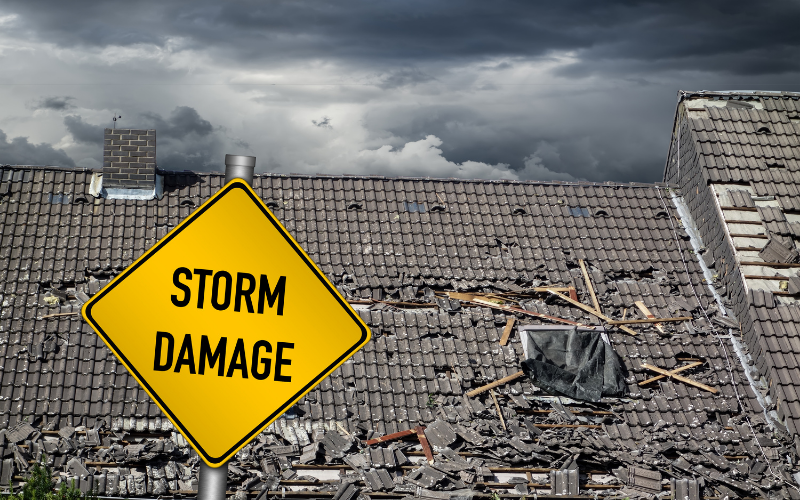Working From Home: 5 Best Tips To Make It Work
 Carving out space for a home office isn’t always easy, but if you have the option to work from home even part of the time, it’s essential to have a space that works for you.
Carving out space for a home office isn’t always easy, but if you have the option to work from home even part of the time, it’s essential to have a space that works for you.
Here are 5 great ways to meet those needs:
Adapt A Closet
A guest room closet with bi-fold doors can become a perfect workspace with the addition of a shelf at the proper height to hold a computer or calculator and proper task lighting. Hang a bulletin board or add open shelving on the back wall. Multiply the functionality with a small cabinet or a portable file rack. The advantage of going to work in a closet is that you can close it off completely without having to do a daily cleanup.
Grab A Corner From Living Room or Bedroom
Tuck a table desk into a corner of the living room or bedroom, assuming that you can work during the day when others aren’t sleeping or actively “living” in the space. Small table desks serve a variety of purposes, from serving snacks to displaying artwork, and are perfectly adaptable as work space, with a minimum of effort. All you really need is a good lamp and a nearby electrical plug in order to create an office.
Claim Space In A Wide Hallway
With a space as narrow as about 30 inches and minimal depth, it’s possible to set up a small tabletop and chair to serve your needs for making phone calls, organizing schedules or planning appointments. It may not be ideal, but if space is at a premium it can be functional for short bursts of work at home.
Look For Multi-Purpose Furniture
A home office can exist in a den or dining room that has either a credenza or a tall cabinet with doors. Think about your needs, and seek out furniture that will fill the bill. Traditional period “secretaries” with closed door storage and a fold-down desktop are perfect, but even ramshackle armoires can be repurposed as office cabinets.
Look For Unused Space
If you have a mostly empty storage room, even if it’s located in the garage, clean it out and clean it up. Add proper lighting, and even a portable heater or air conditioner. Brighten the space with fresh paint and an area rug, find second-hand furniture at garage sales or estate sales, and get creative with accessories.
Be Aware Of Your Needs
There are two primary requirements for a home workspace, no matter what kind of work you do: storage space for the tools, supplies, files and accessories that you need; and privacy. It’s nice to be able to close the door on your work and “go home,” so the more insulated your home office is from other family activities, the more efficient it will be. Even if space is minimal, it can work for you!
Be sure to contact your trusted mortgage professional to get started with the pre-approval process as soon as you are in the market for a new home.

 Last week’s scheduled economic reporting was limited due to the U.S. Labor Day holiday on Monday. The Federal Reserve released its Beige Book report and weekly readings on mortgage rates and jobless claims were also published.
Last week’s scheduled economic reporting was limited due to the U.S. Labor Day holiday on Monday. The Federal Reserve released its Beige Book report and weekly readings on mortgage rates and jobless claims were also published. If you own a home, you must make sure it is properly protected. Hazards can change throughout the year, and one of the biggest threats during the spring is the arrival of frequent thunderstorms. If your home is damaged by a severe storm, it might be covered by your homeowner’s insurance policy. You need to take a closer look at your policy to see if you have the right coverage.
If you own a home, you must make sure it is properly protected. Hazards can change throughout the year, and one of the biggest threats during the spring is the arrival of frequent thunderstorms. If your home is damaged by a severe storm, it might be covered by your homeowner’s insurance policy. You need to take a closer look at your policy to see if you have the right coverage.